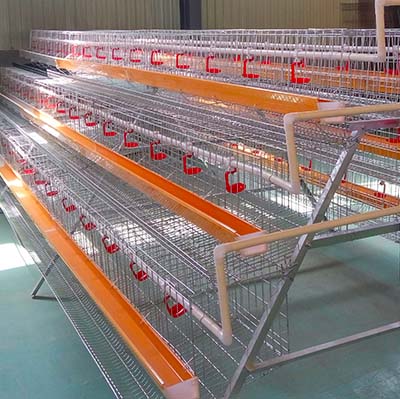evaporative cooling pad for greenhouse
Dec . 17, 2024 15:15 Back to list
evaporative cooling pad for greenhouse
The Importance of Evaporative Cooling Pads for Greenhouses
In the realm of agriculture and horticulture, maintaining the right temperature and humidity levels is critical for the optimal growth of plants. Greenhouses provide an ideal controlled environment for a variety of crops, allowing growers to extend the growing season and improve yields. However, as external temperatures rise, it can become a challenge to keep greenhouses cool without relying solely on mechanical air conditioning systems. This is where evaporative cooling pads come into play, providing an efficient and sustainable solution for temperature control.
What Are Evaporative Cooling Pads?
Evaporative cooling pads are specially designed materials that facilitate the natural process of evaporation to cool the air. Typically made from cellulose or synthetic materials, these pads are saturated with water, and when warm air passes through them, the moisture evaporates, absorbing heat and lowering the air temperature. This process is highly energy efficient and can significantly decrease temperatures by 15-25°F (8-14°C) compared to the outside environment, making it an excellent choice for greenhouses.
How Do Evaporative Cooling Pads Work?
The mechanism of evaporative cooling is simple yet effective. When warm air enters the greenhouse, it is drawn through the cooling pads, which are often strategically placed on one side of the structure. As the air flows through the moist pads, the water in the pads evaporates, requiring heat energy from the air. This heat absorption results in cooler, moister air being circulated throughout the greenhouse. Fans are usually employed to enhance airflow and ensure even distribution of the cooled air.
Benefits of Using Evaporative Cooling Pads
1. Energy Efficiency Compared to traditional refrigeration systems, evaporative cooling pads consume significantly less energy. This not only helps reduce operational costs but also minimizes the carbon footprint associated with cooling the greenhouse.
2. Cost-Effectiveness The initial investment in evaporative cooling systems is often lower than that of central air conditioning units. Additionally, the ongoing maintenance costs are usually lower, as these systems are simpler and less prone to breakdowns.
evaporative cooling pad for greenhouse

3. Humidity Control While mechanical cooling systems often dry the air, evaporative cooling pads maintain higher humidity levels, which is beneficial for many plant species. This feature helps in promoting healthier growth and preventing water stress during hot weather.
4. Environmental Sustainability As the agricultural industry faces pressure to adopt more sustainable practices, using evaporative cooling pads aligns well with this shift. These systems utilize the natural phenomenon of evaporation rather than relying on fossil fuels or refrigerants that can harm the environment.
5. Enhanced Plant Growth By maintaining optimal temperatures and humidity, evaporative cooling pads create an ideal environment for plant growth. This can lead to improved crop yields, better quality produce, and reduced crop losses due to heat stress.
Considerations for Implementation
While evaporative cooling pads offer numerous advantages, there are important factors to consider when implementing them in a greenhouse setting. Climate plays a crucial role; these systems work best in arid or semi-arid regions where humidity is lower. In high-humidity climates, the effectiveness of evaporative cooling can diminish, and alternative cooling methods may be necessary.
Additionally, proper sizing and installation of the cooling pads are critical for achieving the desired cooling effect. Growers should assess their specific greenhouse dimensions, air flow requirements, and plant needs to select the right system.
Conclusion
In conclusion, evaporative cooling pads represent an effective and sustainable solution for managing temperature in greenhouses. As the agricultural sector continues to adapt to climate change and the increasing demand for food production, innovative and efficient cooling methods like evaporative cooling pads enable growers to maintain optimal growing conditions. By leveraging natural processes, these systems not only contribute to reduced energy consumption and costs but also promote healthier plants and more resilient agricultural practices. Adopting evaporative cooling technology can ultimately lead to a more sustainable future for greenhouse farming.
-
Hot Sale 24 & 18 Door Rabbit Cages - Premium Breeding Solutions
NewsJul.25,2025
-
Automatic Feeding Line System Pan Feeder Nipple Drinker - Anping County Yize Metal Products Co., Ltd.
NewsJul.21,2025
-
Automatic Feeding Line System Pan Feeder Nipple Drinker - Anping County Yize Metal Products Co., Ltd.
NewsJul.21,2025
-
Automatic Feeding Line System - Anping Yize | Precision & Nipple
NewsJul.21,2025
-
Automatic Feeding Line System - Anping Yize | Precision & Nipple
NewsJul.21,2025
-
Automatic Feeding Line System-Anping County Yize Metal Products Co., Ltd.|Efficient Feed Distribution&Customized Animal Farming Solutions
NewsJul.21,2025






